It’s no question that we’re all addicted to our wireless devices. When we’re not working, we’re checking social media, paying bills, sending emails and maybe reading the news. Regardless, we’re spending hours each day looking at bright screens that are typically within an arms reach of our bodies.
We’re firm believers that understanding *how* our daily habits affect our bodies is key to shifting our lifestyles into healthier ones. And understanding how our devices affect our long-term health is major.
Whether we actually feel it now or not, our daily exposure to screens – specifically, blue light – is not only hurting our sleep, but also hurting our brains detox process and long-term health. Here’s why we need to limit blue light for our long-term brain health – plus an extremely easy solution to minimize blue light exposure.
Melatonin 101
Maybe you’ve heard of it, or maybe you’ve taken it because someone said it would help you sleep better. If you’re looking to better your sleep, understanding what melatonin is – and how it works – is key.
Melatonin is a hormone produced by the pineal gland, also known as the “sleep hormone.” It’s a key player when it comes to everything sleep-related in our body.
Melatonin:
- Initiates the feeling of drowsiness
- Enables you to fall asleep faster
- Extends sleep duration
- Allows for quality sleep
- Regulates your circadian rhythm & more
Melatonin production is triggered by exposure to different light wavelengths. Our bodies are wired to get tired as the sun sets (just think of a fire-red sunset) and get energized as we look up at the sky in the morning (think of a bright, blue sky.) And it’s no coincidence. Melatonin production turns on with “red light” wavelengths and turned-off with “blue light” wavelengths.
How does light affect melatonin production?
As we mentioned above, melatonin production turns on and off as we’re exposed to different wavelengths of light.
If you’re looking to get better sleep, exposure to red light will kickstart the body’s sleep process. Studies have shown that exposing yourself to specific red light wavelengths actually stimulate the production of melatonin. Red-light exposure increases melatonin secretion in the pineal gland, even if it comes from a red light device.
While red light exposure is good for our melatonin production, blue light does quite the opposite. When we look at our screens – laptops, TV’s and cellphones – the blue light actually suppresses melatonin production. Blue light exposure actually tricks the brain into thinking its daytime and interrupts the body’s natural circadian rhythm.
Over-exposure of blue light has been linked to:
- Blurry vision
- Dry eyes.
- Sleep disturbances
- Tired eyes
- Headaches + migraines
- Poor concentration & performance
Research shows that reading a book on a device rather than reading an actual book reduces melatonin production by as much as 20 percent.Watching Netflix or scrolling through Instagram can only be worse. But it’s not just the “falling asleep” part that this light is hurting the most – it also stops our brain from detox.
Poor melatonin production = poor brain detox
We know that melatonin is key for sleep. But little do most people know is that melatonin actually kickstarts our brain’s detox process.
Aside from being known as the “sleep hormone,” melatonin is also known as the brain’s main detox agent. This hormone stimulates the glymphatic system (your brain’s detox pathways) to drain and remove metabolic waste. As we sleep at night, our brain goes through a “house cleaning” mode and rids itself of toxins like mercury, lead and other harmful metabolic waste.
If we’re not getting adequate sleep or producing enough melatonin, how much metabolic waste are we accumulating in our brains? When we’re taking in more toxins than we can detox, our brains start to show symptoms including:
- Insomnia
- Brain fog
- Mental decline
- Memory dysfunction
- Mood disorders
So not only is melatonin extremely important for getting good rest, its important for our long-term brain health. Having melatonin “turned-off” by blue light at night has the ability to cause some long-term, negative effects on our brain’s health. If we want optimal brain function, we need optimal sleep.
Who does blue light affect the most? Kids.
It’s easy to think that adults are the ones who experience more blue light exposure. But as we more technology is used in the classroom and at home, blue light can do more damage for children’s health than we even know.
To get an idea of how much time adolescents spend on screens…
- 40% of teenagers use mobile devices within 5 minutes of going to sleep
- 36% of teens wake up to check their devices at least once during the night.
- 56% of children’s awake time involves a screen
- Teens spend an average of 10 + hours a day looking at screens
For growing children and teens, poor sleep is linked to a series of health issues like obesity, anxiety and depression. So what do we do when we know that screens and blue light aren’t going away anytime soon?
The easiest solution: EyeJust’s Blue Light Blocking Screen Protectors
Practicing good tech hygiene is vital for a healthy brain and a healthy body. Other than limiting your screen time to daytime hours, there’s one thing that help limit blue light exposure: a blue light blocker for your screens.
EyeJust Blue Light Blocking Screen Protectors block harmful blue light on cell phones and laptops. Their screens were even tested by doctors at UC Irvine and have been proven to block more blue light than other leading screen protectors on the market.
In a 850-night study conducted by SleepScore Labs, participants used EyeJust screen protector for their devices and saw a noticeable difference in their health after use. 71% of participants get a better night’s sleep and 92% of participants reported reduced eyestrain.
What we love about EyeJust protectors:
- No need for blue light glasses
- Zero yellow tint or glare
- They protect our health and the health of the device
- Screen options for all different size laptops and phone models
Our Tips for practicing good screen hygiene
Wake up and go to sleep with the sun. When you wake up in the morning, make an effort to look at the sky outside as its getting brighter out. Same goes for sunset – physically look at the sky and notice the colors. It’s an easy, natural way to regulate your body’s circadian rhythm.
Limit screen time to daytime only. Give yourself a “start” and “stop” time when it comes to your devices. Try to spend the first part of your morning screen-free, and turn off any device at least one hour before bed.
Add a screen protector to all of your mobile devices and laptops. Especially if you’re working from your laptop or phone, its important to block that light whenever possible. EyeJust makes screens for most iPhone, Android and laptop models. And if you have kids, make sure to get a cover for all of their devices (even hand-held video games.)
Take frequent breaks throughout the day. Set a timer to get up and walk around every 30-minutes to hour. Make sure to take time away from technology to give your body a much needed break from the negative effects of tech.
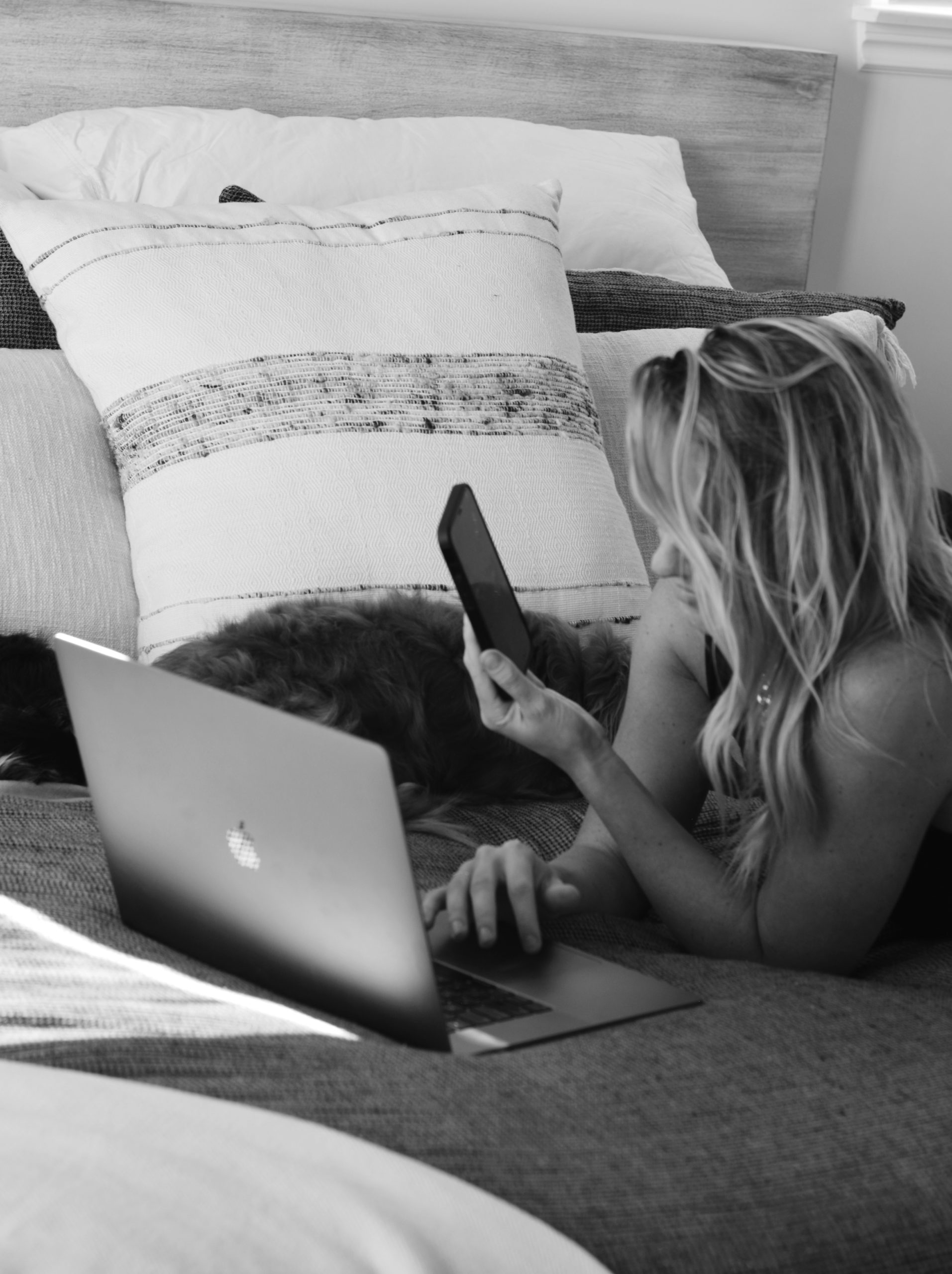
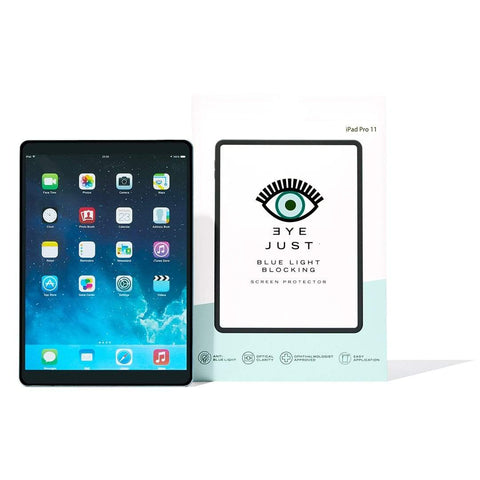
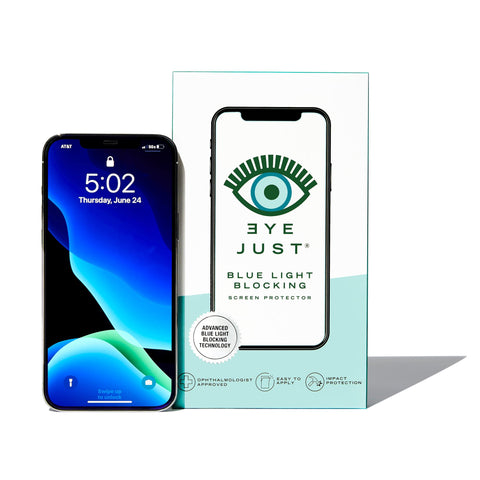
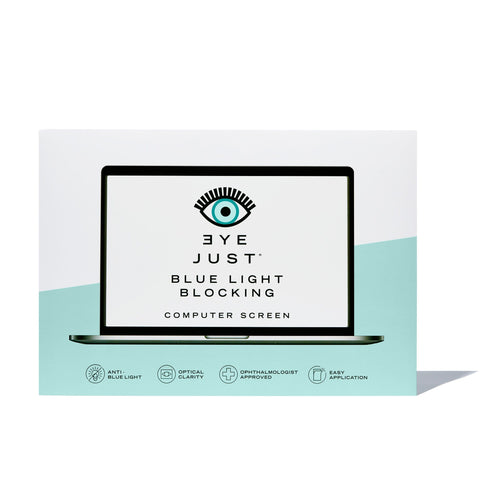
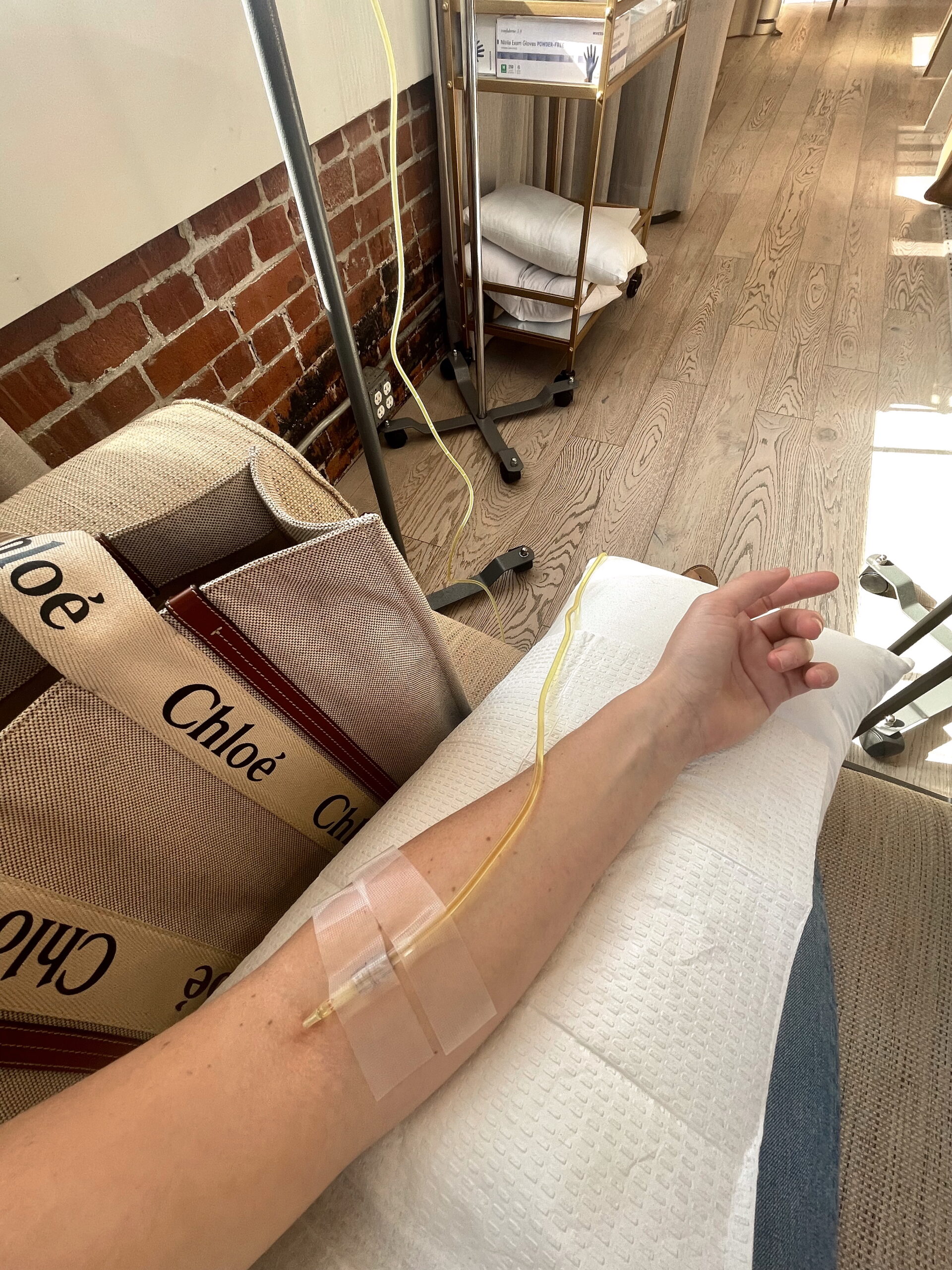
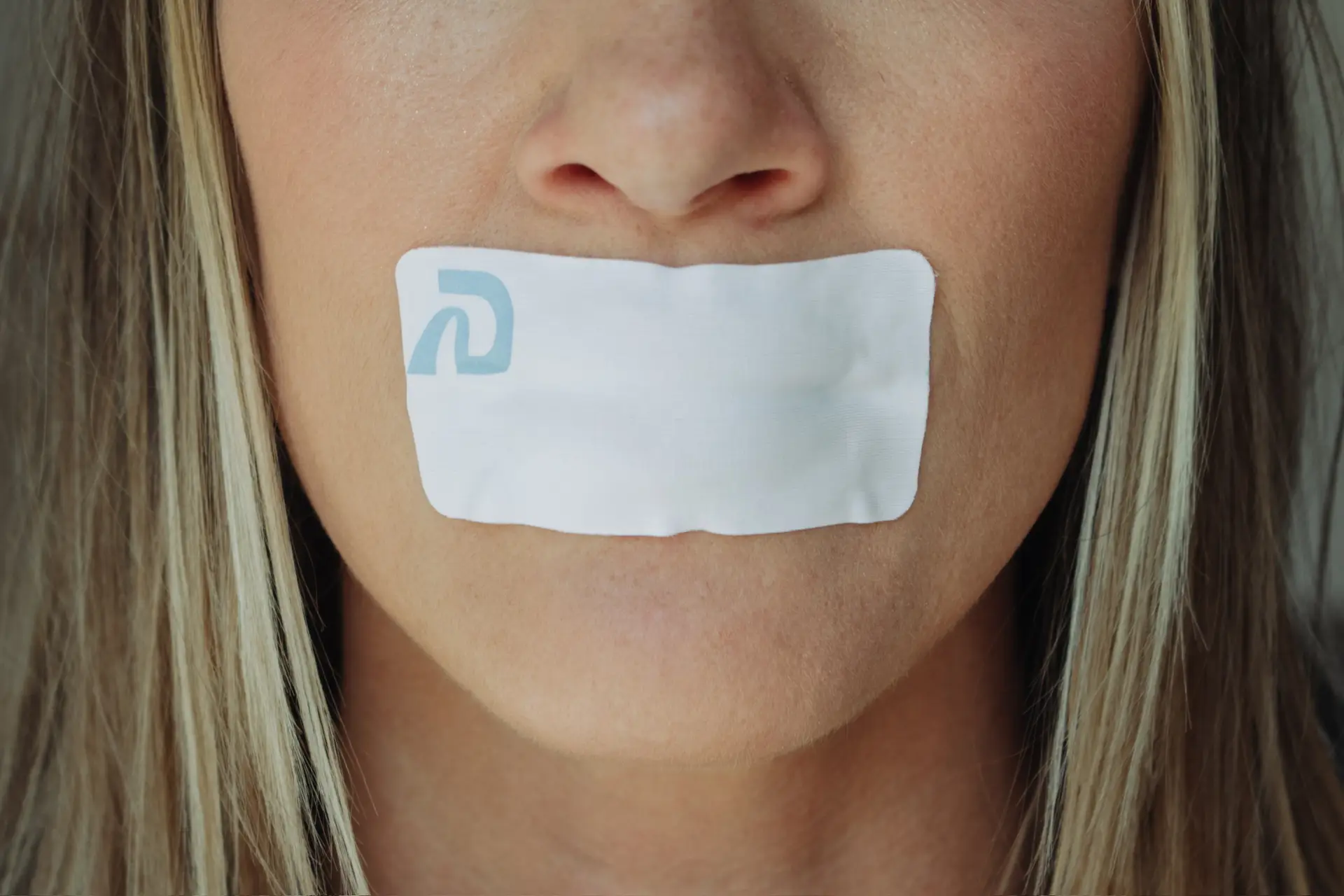
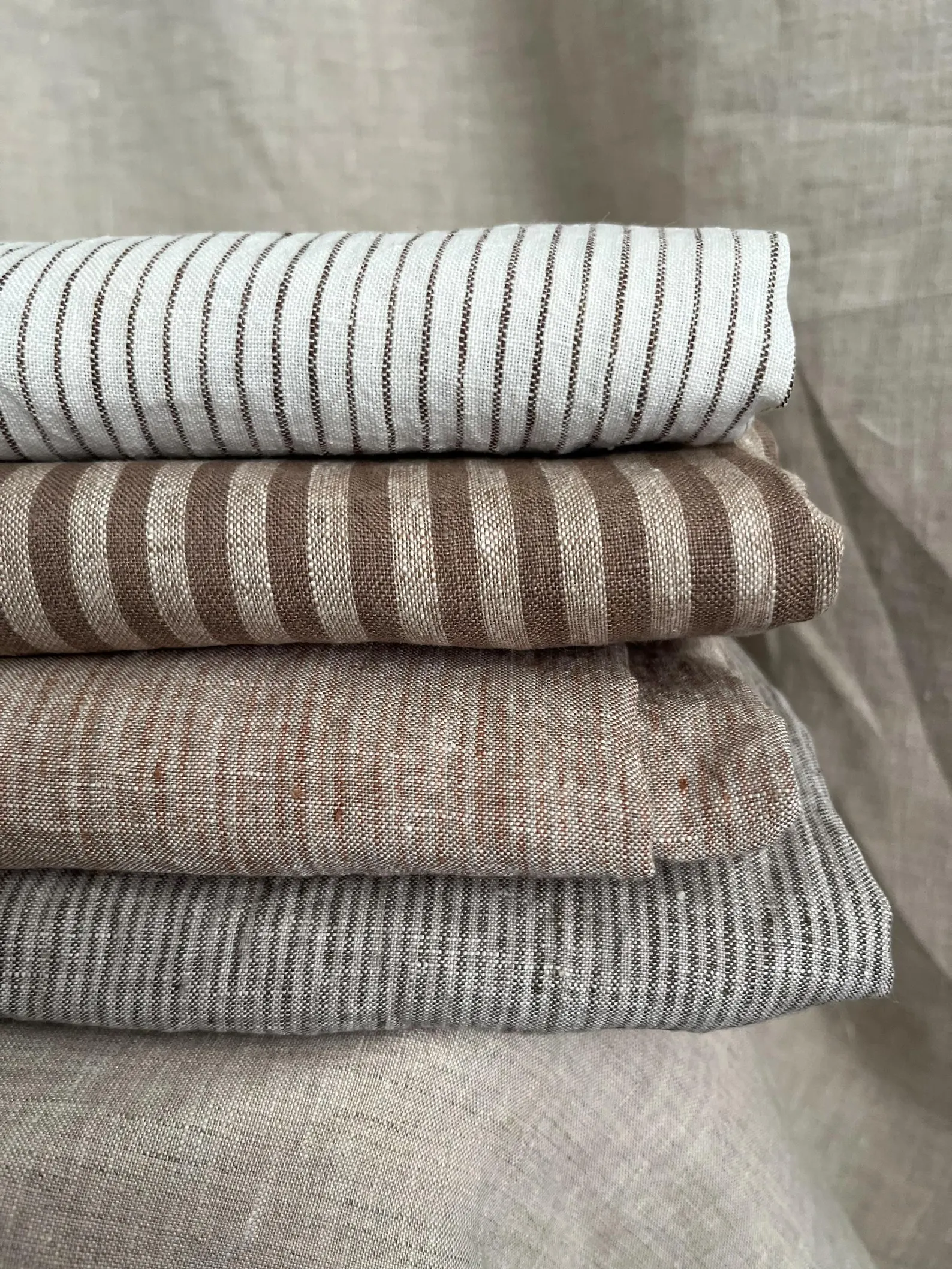
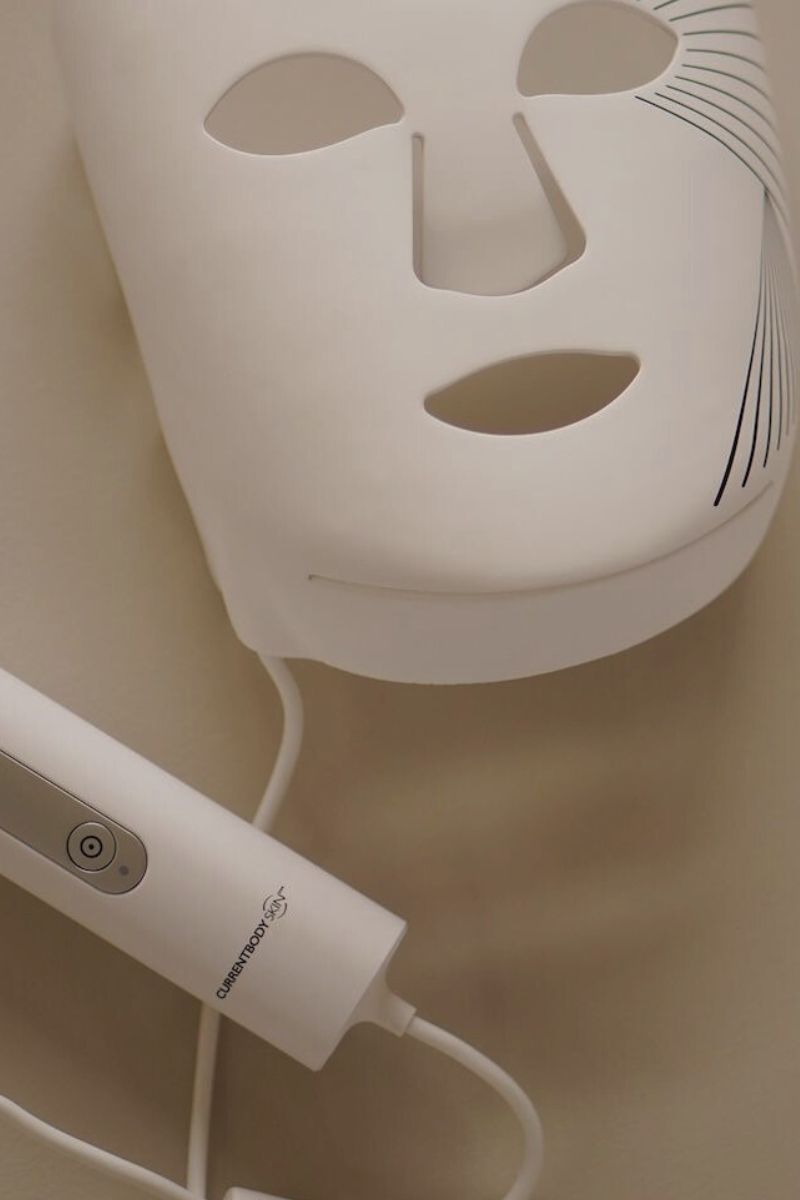

Comments +